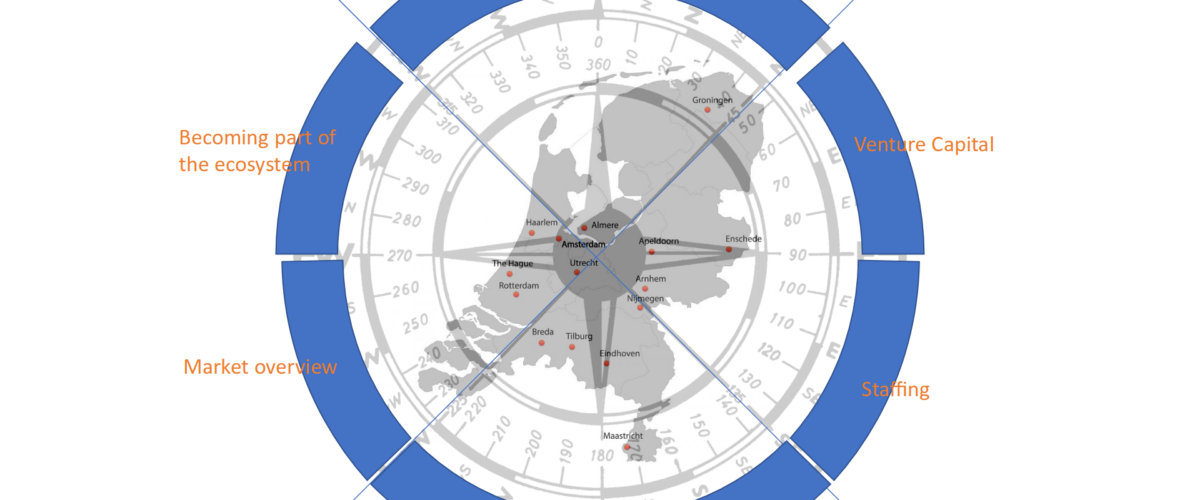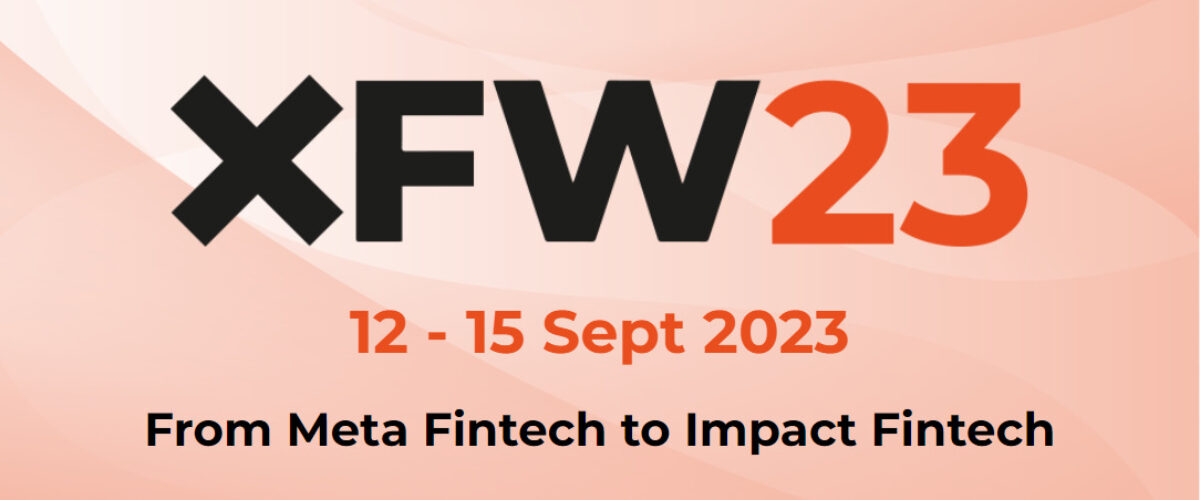In a rapidly evolving digital landscape, where the only constant is change, businesses must adapt and innovate to stay competitive. Traditional e-commerce systems, often rigid and inflexible, are struggling to keep pace with the dynamic demands of modern consumers. Enter Composable Commerce, the future of e-commerce that promises unparalleled flexibility and adaptability. This longread by Enrise explores what Composable Commerce is, its distinctions from MACH architecture, the four key conditions for successful implementation, and the seven potential pitfalls to navigate.
What is Composable Commerce?
Composable Commerce is a revolutionary approach to e-commerce that centers around the idea of flexibility and modularity. Unlike traditional monolithic e-commerce systems, Composable Commerce embraces a microservices-based architecture, where various components of an e-commerce platform are decoupled and can be independently managed and upgraded. This means businesses can swiftly integrate new systems, adapt to changing market conditions, and deliver a seamless customer experience.
Composable Commerce vs. MACH
Composable Commerce is often compared to the MACH (Microservices, API-first, Cloud-native, and Headless) architecture. While they share similarities, Composable Commerce takes a step further in terms of adaptability. MACH emphasizes flexibility through modular microservices, but Composable Commerce goes beyond by enabling businesses to effortlessly compose and recompose their systems, creating a truly tailored and dynamic customer journey.
The Four Conditions for Successful Composable Commerce
Implementing Composable Commerce requires careful planning and execution. Here are the four essential conditions for a successful transition:
1. Modular Architecture: Embrace microservices and API-first architecture to ensure each component can operate independently while seamlessly integrating with others.
2. Scalability: Design systems that can scale horizontally, allowing you to handle increased traffic and data loads effortlessly.
3. Cloud-Native Infrastructure: Utilize cloud-based solutions for enhanced scalability, reliability, and cost-efficiency.
4. Headless Approach: Decouple the front-end from the back-end, enabling developers to create unique and compelling user experiences without constraints.
By meeting these conditions, your business can leverage the full potential of Composable Commerce and future-proof your e-commerce operations.
Navigating the Seven Pitfalls
Transitioning to Composable Commerce is not without its challenges. Here are the seven most common pitfalls to be aware of:
1. Overlooking Legacy Systems: Failing to address legacy systems can hinder the transition. Invest in strategies to integrate or replace outdated technology.
2. Inadequate Planning: Rushing into Composable Commerce without a well-defined strategy can lead to confusion and inefficiency. Take the time to plan thoroughly.
3. Neglecting Security: With increased system complexity comes greater security risks. Implement robust security measures to protect your data and customer information.
4. Integration Challenges: Ensure that all your microservices can communicate seamlessly to avoid bottlenecks and disruptions.
5. Talent Gap: Building and maintaining a Composable Commerce ecosystem requires skilled developers and IT professionals. Invest in training or hire experts as needed.
6. Vendor Lock-In: Be cautious of becoming overly reliant on a single vendor. Aim for a balance between flexibility and vendor relationships.
7. Inadequate Testing: Comprehensive testing is essential to catch and rectify issues before they impact the customer experience.
In conclusion, Composable Commerce is the future of e-commerce, offering businesses the flexibility and adaptability they need to thrive in a constantly changing market. By understanding its principles, meeting the four essential conditions for success, and navigating potential pitfalls, your business can embark on a successful journey towards Composable Commerce. Download the longread by Enrise in Dutch to delve deeper into this transformative approach and start future-proofing your e-commerce right here.


